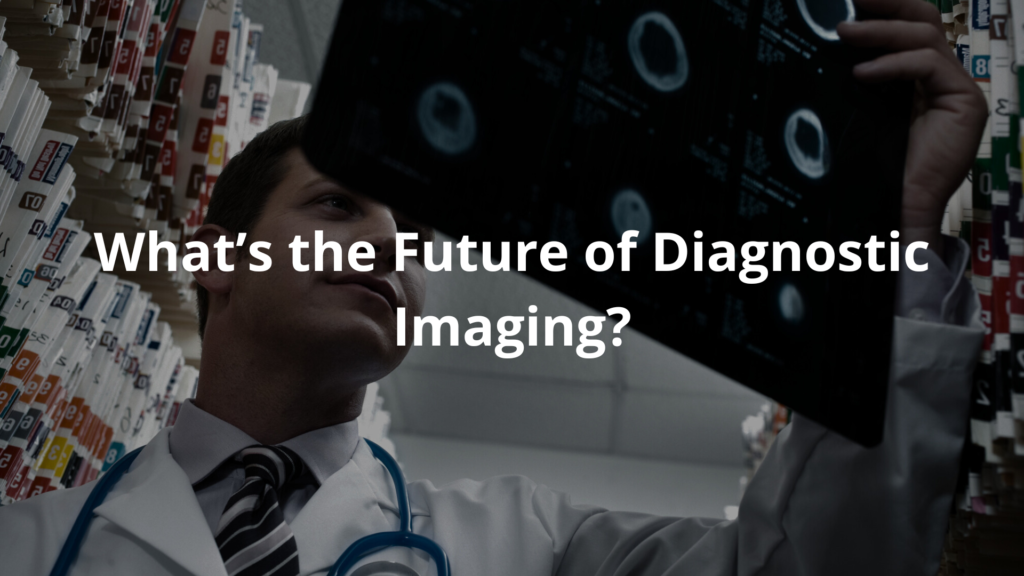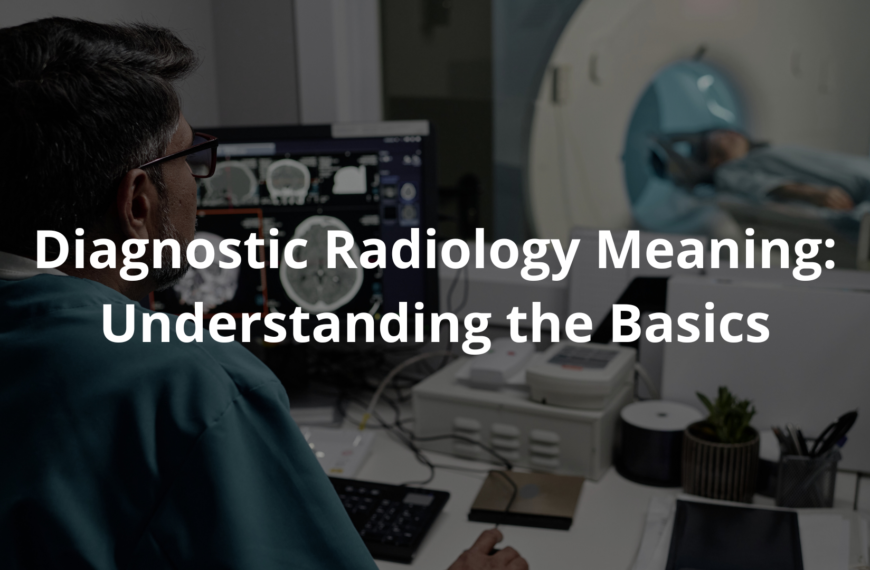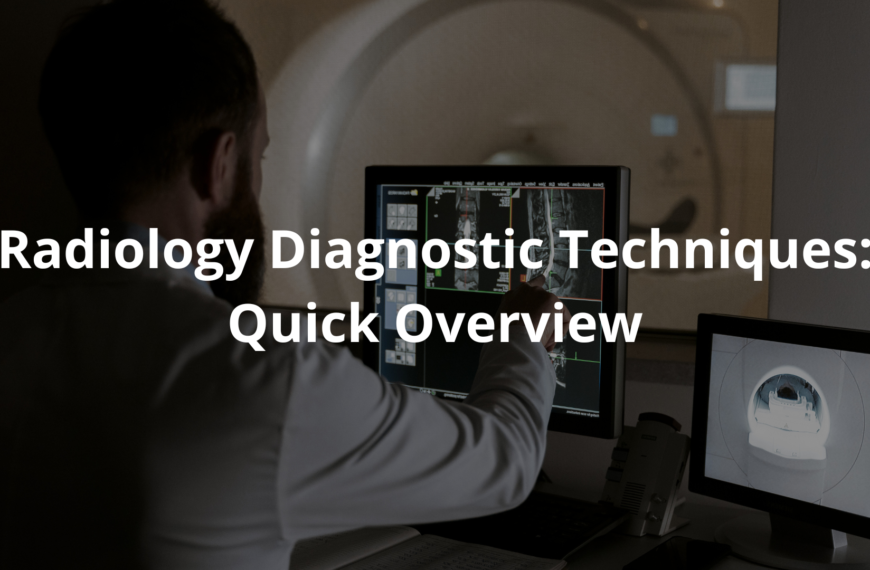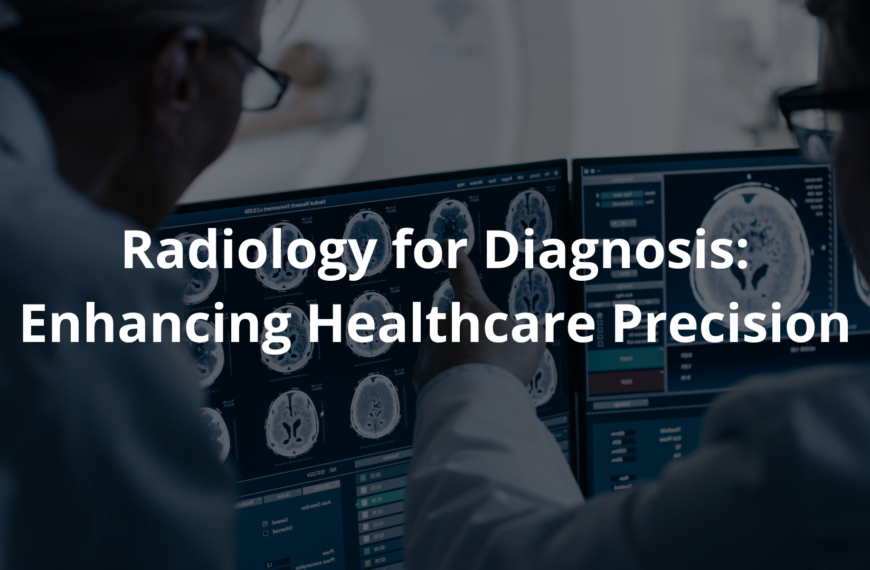Explore different types of diagnostic imaging used in Australia and how they help doctors understand what’s happening inside our bodies.
When someone feels unwell, they often find themselves wondering what’s happening inside their bodies. It’s kind of like solving a mystery, isn’t it? Diagnostic imaging tools are like the detective’s gadgets for doctors. With these tools, they can peer beneath the skin without needing to cut.
This technology makes it easier to spot issues, whether it’s a broken bone or something as serious as cancer. Just think about how a simple picture can play a vital role in saving lives! If you’re curious about the different types of imaging tests like X-rays, CT scans, and MRIs, keep reading. You might discover a whole new world of medical insight!
Key Takeaway
- Diagnostic imaging helps doctors see inside our bodies and is important for diagnosing issues.
- Common types of imaging include X-rays, CT scans, MRI scans, and PET scans.
- These imaging tests can show doctors everything from bones to soft tissues, helping them make better decisions for our health.
What are Different Types of Diagnostic Imaging?
Diagnostic imaging is super important in today’s medicine. It helps doctors look inside the human body in various ways. Each type of imaging gives special clues about different health issues. Here’s a list of the main types of diagnostic imaging:
- X-rays: Best for checking bones. Commonly used to see if someone has a fracture after a child’s fall. These images are quick to produce and show breaks or problems clearly.
- CT Scans (Computed Tomography): They use many X-ray angles to create detailed “slices” of the body. This is ideal for spotting issues in areas like the brain, lungs, or tummy, such as tumors or infections.
- MRI Scans (Magnetic Resonance Imaging): These scans use magnets and radio waves to make very detailed images of soft tissues. Doctors often order MRIs for brain, spinal cord, or muscles.
- PET Scans (Positron Emission Tomography): These tests show how well tissues are working and how blood flows. They can detect if cancer has spread by using tiny amounts of radioactive material.
With these modern technologies, doctors can find health problems earlier and create better treatment plans. [1]
How Do These Imaging Tests Work?
Medical imaging tests play a huge role in identifying and managing health problems. Every test has unique features that fit different needs.
- X-rays: They use gamma rays to take pictures of bones. X-rays are quick and effective for spotting fractures and injuries, often being the first choice during emergencies.
- CT Scans (Computed Tomography): They make 3D pictures by using lots of X-rays all around you. This is great for finding tumors, infections, or internal injuries. The machine moves around while you stay still, so it gets accurate images in just a few minutes.
- MRI (Magnetic Resonance Imaging): As mentioned, MRIs use magnets and radio waves for images of soft tissues. They are perfect for looking at the brain, muscles, or ligaments. MRIs are painless but can take between 15 and 60 minutes, often making loud noises.
- PET Scans (Positron Emission Tomography): PET scans involve a special radioactive dye to observe body functions. They highlight blood flow and organ activity, showing potential problems.
These technologies give incredible insights into health, helping doctors make accurate diagnoses and treatment plans.
Why Are These Imaging Tests Important?
Diagnostic imaging is super important in healthcare. It helps doctors make smart decisions about care. These tools allow early detection, precise monitoring, and better treatment results.
One huge benefit is spotting issues before they get worse. For example, an MRI can reveal the reason for ongoing headaches, allowing for fast intervention that improves outcomes.
Some benefits of early detection include:
- Finding health issues before they worsen.
- Improving treatment success rates.
Tests like CT and PET scans are key in spotting cancer and understanding how much it has spread. A PET scan can show if breast cancer has moved to other parts of the body, helping doctors plan specific treatments.
Why this is important for cancer care:
- It catches cancer in its early stages.
- It maps the extent of how far cancer has spread.
These tests also help monitor how effective treatments are. For instance, a CT scan can show if a tumor is shrinking, giving hope and guidance for patients and doctors alike.
Lastly, diagnostic imaging reduces unnecessary surgeries. By showing clear views of what’s going on inside, doctors can avoid invasive procedures unless they really have to.
The advantages for patients include:
- Lowering surgical risks.
- Ensuring accuracy in treatment decisions.
In all, diagnostic imaging is a core part of healthcare, providing valuable insights that lead to better diagnoses and treatments.
What Are the Risks and Side Effects?
While diagnostic imaging is really helpful, understanding its risks and side effects is important. Doctors carefully look at each situation to make sure the benefits outweigh the downsides.
Radiation Exposure
X-rays and CT scans use radiation, which can be harmful with too much exposure. But the levels used in these tests are usually low and considered safe. Safety measures:
- Doctors control how many scans someone gets to lessen long-term exposure.
- Imaging is advised only when truly necessary for diagnosis or treatment.
MRI-Related Challenges
MRIs don’t use radiation, which makes them safer in many ways. But some people might feel anxious or claustrophobic inside the tube or might be bothered by the loud sounds. Ways to reduce discomfort:
- Some places play music or provide headphones to help patients relax.
- Sedation may be an option for those with extreme anxiety.
PET Scan Precautions
PET scans use a small amount of radioactive material that’s generally safe. Patients are watched after to make sure there are no negative reactions. The radioactive stuff they use is short-lasting, reducing long-term risks.
How Do Doctors Use These Images?
After the imaging tests, doctors study the images to help diagnose conditions. They look for signs like fractures, tumors, or changes in soft tissues.
For example, if a doctor spots something unusual in a CT scan, they might suggest a biopsy to check for cancer. Or, if there’s a lot of swelling, an ultrasound could show if there’s extra fluid.
Each image tells its own story, and doctors are trained to piece together these stories accurately. They also use these images to create treatment plans. If someone has a broken bone, doctors can see if it needs a cast or if surgery is the best choice.
It’s not just about spotting issues; it’s about figuring out the best way to fix things. For example, if someone has a serious injury, the images can help doctors plan surgery, finding the best way to avoid damage to tissues around the injury.
So, these images are way more than pretty pictures; they are powerful tools that help doctors understand what’s happening and how to treat it. The images guide the way to recovery.
What’s the Future of Diagnostic Imaging?

The future of diagnostic imaging looks bright, with exciting new technology aiming to make medical care more accurate, safe, and efficient. These improvements are going to change how doctors diagnose and treat patients. [2]
Low-Dose Imaging Techniques
Researchers are creating methods that use very little radiation, making tests like X-rays and CT scans even safer for everyone. Benefits for patients:
- Lower long-term risks from radiation.
- Safer imaging options for repeated tests.
Enhanced Image Interpretation with AI
New software and AI are changing how doctors read and understand scans. These tools can catch tiny changes that might be missed, allowing quicker, more precise diagnoses. AI in action:
- Spots small abnormalities that could indicate bigger problems.
- Aids in making diagnoses faster and more accurate.
Real-Time Imaging Innovations
Real-time imaging is shaking things up in healthcare, especially during surgeries. This tech lets doctors see live images of the body, helping them work with better precision and results. Applications:
- Increases precision in minimally invasive surgeries.
- Lowers complications by giving instant visual feedback.
These advancements are really exciting and promise to make medical care even better for everyone involved.
FAQ
What’s the difference between a ct scanner and mri machine when creating medical images?
CT scanners use low dose ray imaging to create detailed 3d images of body parts, while mri machines use magnetic fields and radio waves. CT is great for looking at bones, while MRI excels at showing soft tissue and blood vessels. Both give doctors high quality images to help diagnose problems.
How do sound waves and magnetic fields work together in medical imaging?
Different imaging tools use various methods. Ultrasound uses sound waves to show real time images of blood flow and soft tissue. MRI scanners use magnetic fields and rf pulse signals to create detailed pictures. These tools help health care providers see what’s happening inside your body.
What role do contrast dye and iron oxide play in image quality?
Doctors sometimes use small amounts of contrast agents like dye or iron oxide to get better images. These substances help show blood vessels and body parts more clearly during ct imaging and mri scan procedures. This helps create high quality images that make diagnosis easier.
How do pet imaging and gamma rays help detect heart disease?
PET scanners use small amounts of gamma rays to create detailed images showing how organs work. This helps doctors spot problems like heart disease early. The pet scanner creates 3d imaging views that show both structure and function, making it especially useful for complex diagnoses.
Can pregnant women safely undergo bone density scans and brain imaging?
While radiation dose is always carefully controlled, pregnant women need special consideration for imaging. Bone scans and brain imaging methods that use dual energy or high frequency rays are typically avoided. Doctors will often choose imaging methods with lower risk factors when possible.
What advances in spinal cord and human brain imaging are happening?
New technologies let doctors get good quality images of the spinal cord and human brain using a wide range of methods. From detailed bone fractures views to complex bone structures, modern image analysis tools help spot problems early. This helps with everything from finding a bone tumor to checking brain health.
How has ct and mri technology improved medical images in the united states?
Imaging technology keeps getting better at creating high quality medical images. External links to research show how modern ct imaging and mri machines offer much better image quality than older tools. This helps doctors make more accurate diagnoses across a wide range of conditions.
What should I know about radiation dose and risk of cancer from medical imaging?
While imaging sometimes uses small amounts of radiation, the risk of cancer is very low with modern equipment. Doctors use the lowest possible radiation dose needed for good quality images. They carefully weigh the benefits against any risks, especially when imaging breast tissue or doing repeated scans.
Conclusion
Diagnostic imaging, like X-rays, CT scans, MRI scans, and PET scans, plays a crucial role in healthcare in Australia. These tests allow doctors to look inside our bodies, identify issues, and decide on the best treatment.
Sure, there are some risks involved, but the benefits really stand out and keep improving with new tech. So, the next time someone talks about an imaging test, remember how it truly matters for our health!
References
- https://www.safetyandquality.gov.au/standards/diagnostic-imaging/diagnostic-imaging-accreditation-scheme/diagnostic-imaging-accreditation-scheme-data
- https://www.racgp.org.au/getattachment/688b0ccd-a3ba-44b8-8ef5-a92b3db1849a/attachment.aspx




